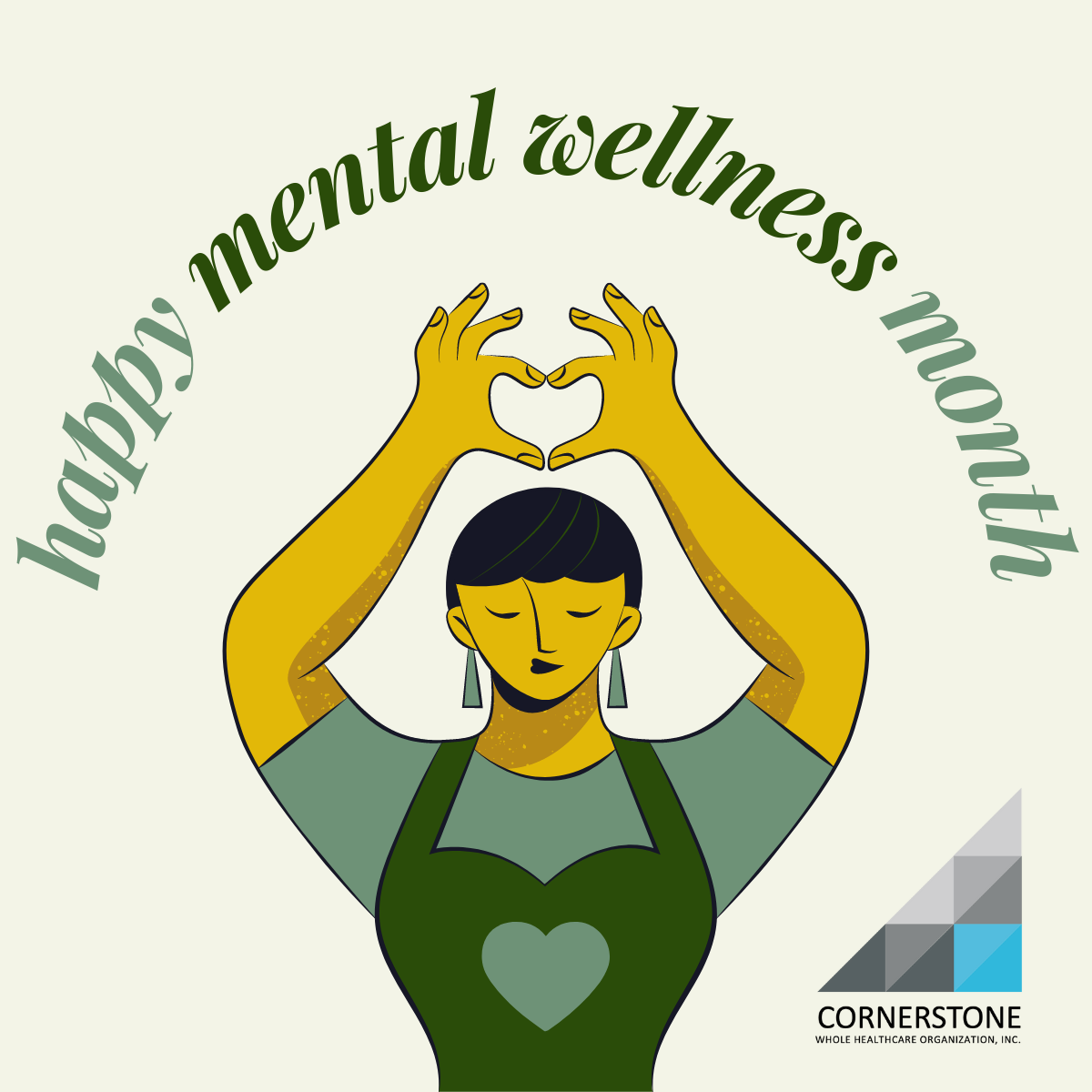Addressing the Unique Needs of a Vulnerable Population
Pregnancy is supposed to be one of life’s most magical times. But for women struggling with opioid use disorder (OUD), it can be a scary and lonely journey. As an obstetrician-gynecologist with extensive experience in this field, Dr. Sura Edmond has witnessed firsthand the complexities and nuances of caring for this vulnerable population.
According to Dr. Edmond, the needs of pregnant women with OUD are unique and require a tailored approach to care. This includes expanded screening for sexually transmitted infections, as well as close collaboration with a multidisciplinary team of specialists, including anesthesiologists, maternal-fetal medicine experts, pediatricians, and behavioral health professionals. By leveraging this team-based approach, healthcare providers can ensure that the patient receives comprehensive, individualized care that addresses their physical, mental, and social needs.
One of the significant challenges in treating pregnant women with OUD is managing their pain, particularly during labor, delivery, and the postpartum period. Due to their increased drug tolerance and hypersensitivity, these patients often require higher doses of opioids to achieve adequate pain control. Dr. Edmond emphasizes the importance of working closely with anesthesiologists and pharmacists to develop a pain medication regimen that balances the patient’s need for pain relief with the preservation of their sobriety and the well-being of the fetus.
The Safety and Efficacy of Medication-Assisted Treatment
When it comes to the treatment of OUD in pregnant women, Dr. Edmond strongly advocates for the use of medication-assisted treatment (MAT), such as methadone or buprenorphine. According to the American College of Obstetricians and Gynecologists (ACOG), MAT is recommended and preferred over supervised medical withdrawal, as it helps prevent withdrawal symptoms, cravings, and the risk of overdose. While there are no known increased risks of birth defects with MAT, experts are still studying the potential for developmental issues in infants.
One of the biggest challenges facing pregnant and postpartum women with OUD is the pervasive stigma and legal barriers that can prevent them from seeking and receiving the care they need. Dr. Edmond emphasizes the importance of breaking down these stigmas and addressing the fear of legal consequences, such as the potential loss of child custody. By providing a compassionate, non-judgmental approach and ensuring access to comprehensive support services, healthcare providers can help these women overcome the barriers to care and prioritize their health and the well-being of their families.
The Critical Role of Community and Family Support
Beyond the healthcare system, Dr. Edmond stresses the vital role that community and family support can play in the recovery and well-being of pregnant and postpartum women with OUD. By educating themselves, offering a supportive and non-judgmental presence, and connecting these women with resources and services, loved ones can make a significant difference in their lives. By building a strong “village” of support, these women can navigate the challenges of pregnancy, childbirth, and postpartum recovery with greater resilience and hope.
Caring for pregnant and postpartum women with OUD requires a multifaceted approach that prioritizes compassion, collaboration, and a deep understanding of the unique challenges they face. By fostering a healthcare environment that is free from stigma, providing comprehensive, evidence-based treatment, and leveraging the support of the broader community, we can empower these women to overcome the obstacles and reclaim their health, their families, and their futures.
Want to learn more about how to support a loved one with OUD? Check out our resources all about supporting pregnant and perinatal women with opioid use disorder.
Life Support Podcast: Dr. Sura Edmond
Can you imagine a medical condition that would get between you and your children? Host Rachel Blanton sits with Sura Edmond to discuss Opioid Use Disorder amongst pregnant and postpartum women, the stigma that surrounds these women, and how to enhance access to treatment for all who are dealing with this circumstance. To find more resources, you can visit https://www.acog.org/topics/opioids










